The cheerleading was especially pronounced last quarter, as two mega deals helped propel the stock market to new highs: Actavis’ $66 billion acquisition of Allergan, and Halliburton’s $36 billion purchase of Baker Hughes. This euphoria has triggered my contrarian instincts, and it should yours too. “Each of the last six great merger waves on record ended with a precipitous decline in equity prices,” says Matthew Rhodes-Kropf, a professor at Harvard Business School and an expert in the M&A field. To be sure, that doesn’t mean stocks will drop immediately. Rhodes-Kropf told me he can’t predict when the current M&A will end.
Still, the historical parallels are ominous.
Total M&A involving U.S. companies in 2014 was running at a higher pace than every other year since 1998 through 2000, according to Dealogic. That means that current M&A activity exceeds the 2006-2007 merger wave — the sixth of the series of merger waves to which Rhodes-Kropf refers — and is exceeded only by the fifth in that series, which accompanied the Internet bubble. The only good news I can extract from the data is the relatively low number of acquiring companies that are using shares of their stock to pay for acquisitions. This is a revealing statistic because corporate officers historically have shown an uncanny ability to know when their shares are overpriced. If they thought their shares were undervalued, after all, they would pay for acquisitions through borrowing, especially now, with interest rates so low. So it’s a sign that the bull market is getting rather long in the tooth when most acquirers are paying for their shopping sprees with their own stock.
AOL’s AOL, -1.10% early-2000 decision to acquire Time Warner TWX, -0.53% remains history’s best illustration of this. Though the acquisition was otherwise a disaster, it was a shrewd strategic decision by AOL’s management. After all, they exchanged largely worthless shares of their company for one of the largest companies in the world.
To be sure, the proportion of U.S. M&A deals being paid for with stock has been rising for several years, according to Dealogic.
At 11% in 2014, it was higher than what it was in 2007. Still, as you can see from the accompanying chart, that proportion remains well below the peak levels seen in the late 1990s. It’s damning the market with faint praise to say that the current M&A wave doesn’t suggest the market is as overvalued as it was at the top of the Internet bubble. But this does show that M&A activity is a crude market-timing tool at best. The bottom line, according to Rhodes-Kropf: The recent merger wave is “yet another sign that the stock market is overvalued. But that doesn’t mean the market can’t keep going up for quite some time.”
By Mark Hulbert
